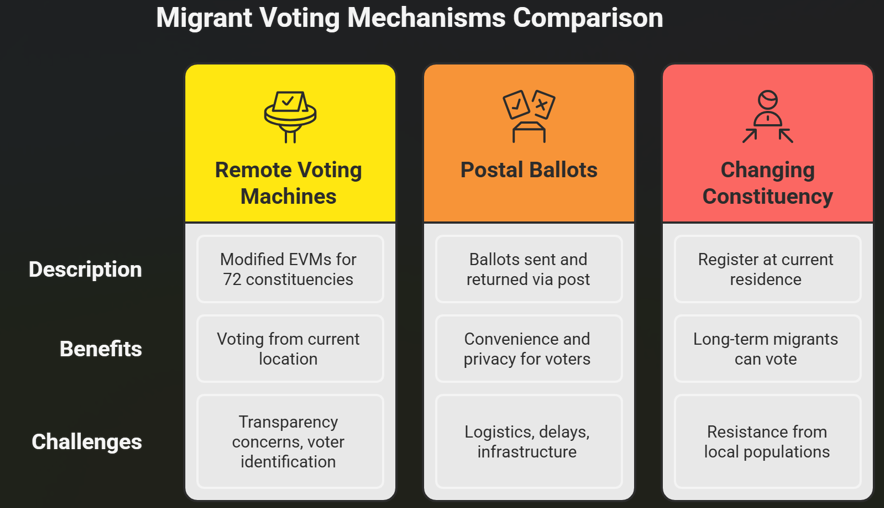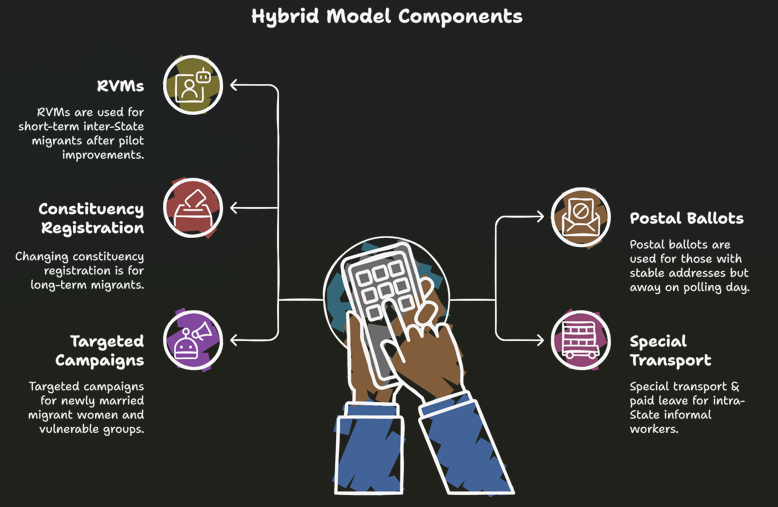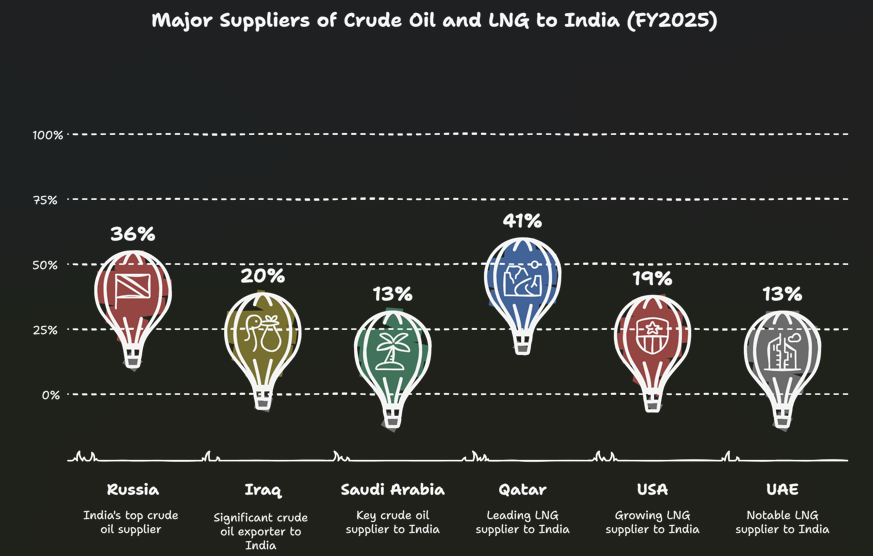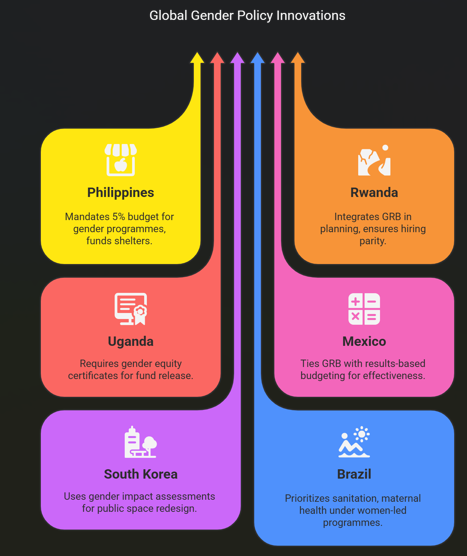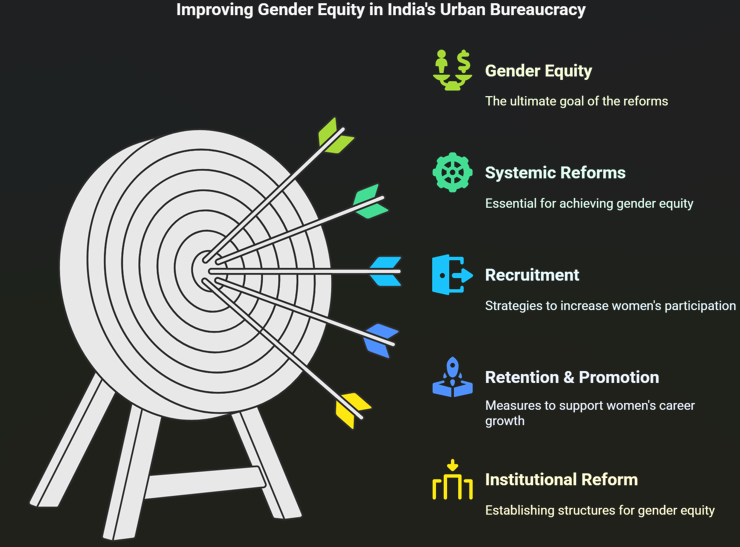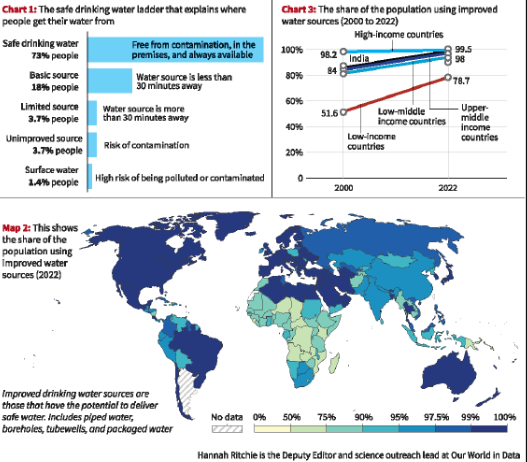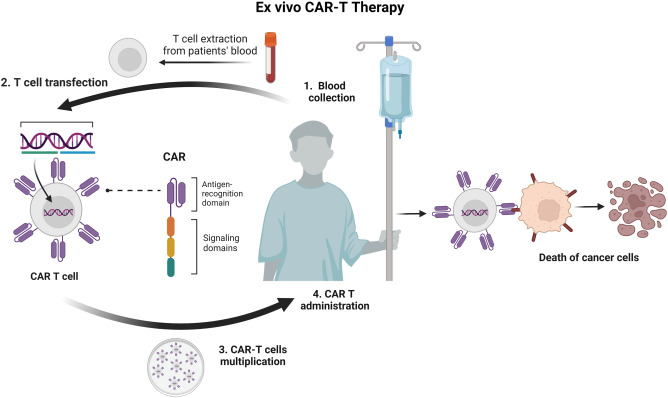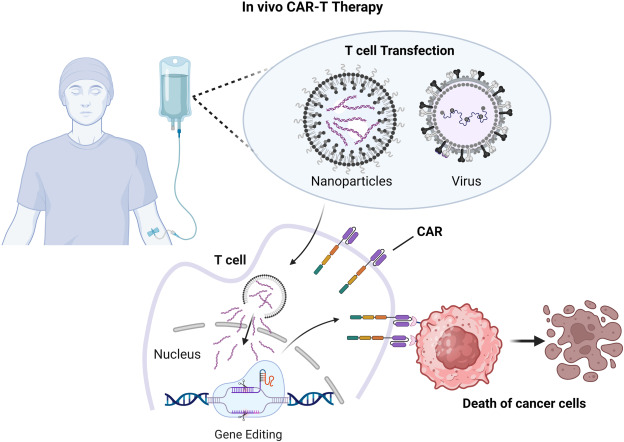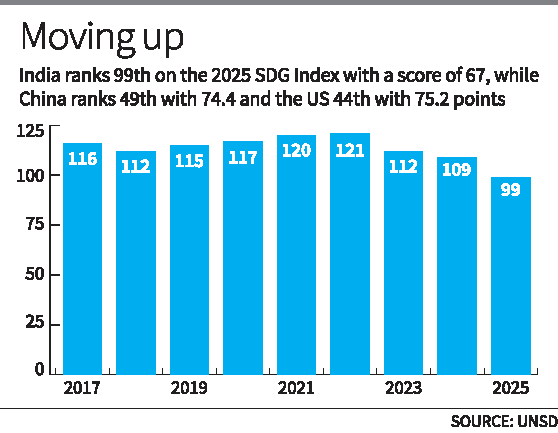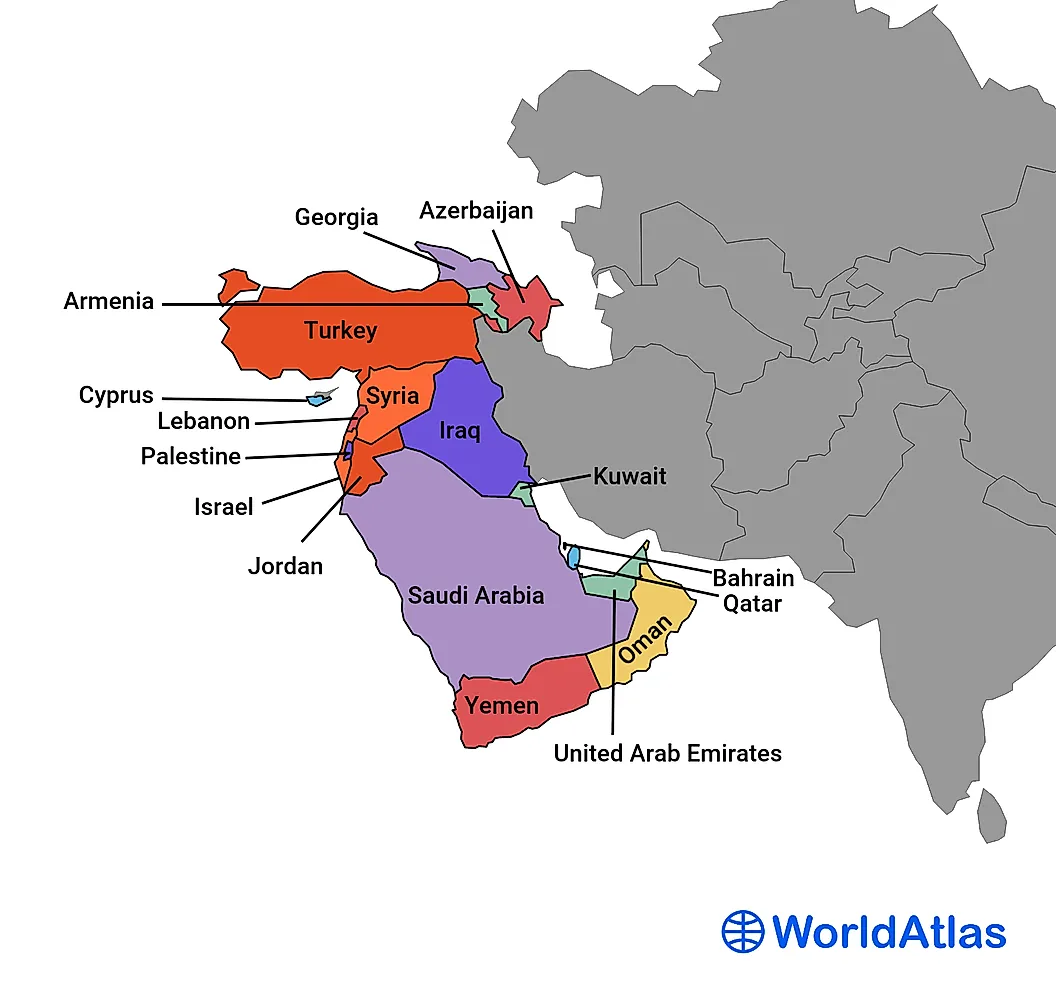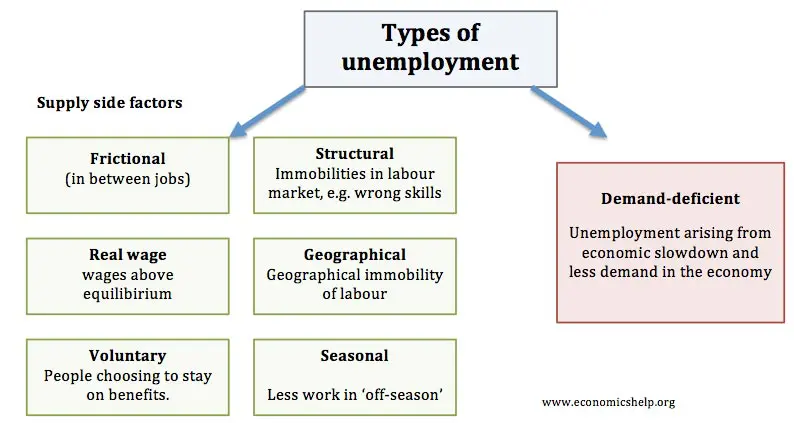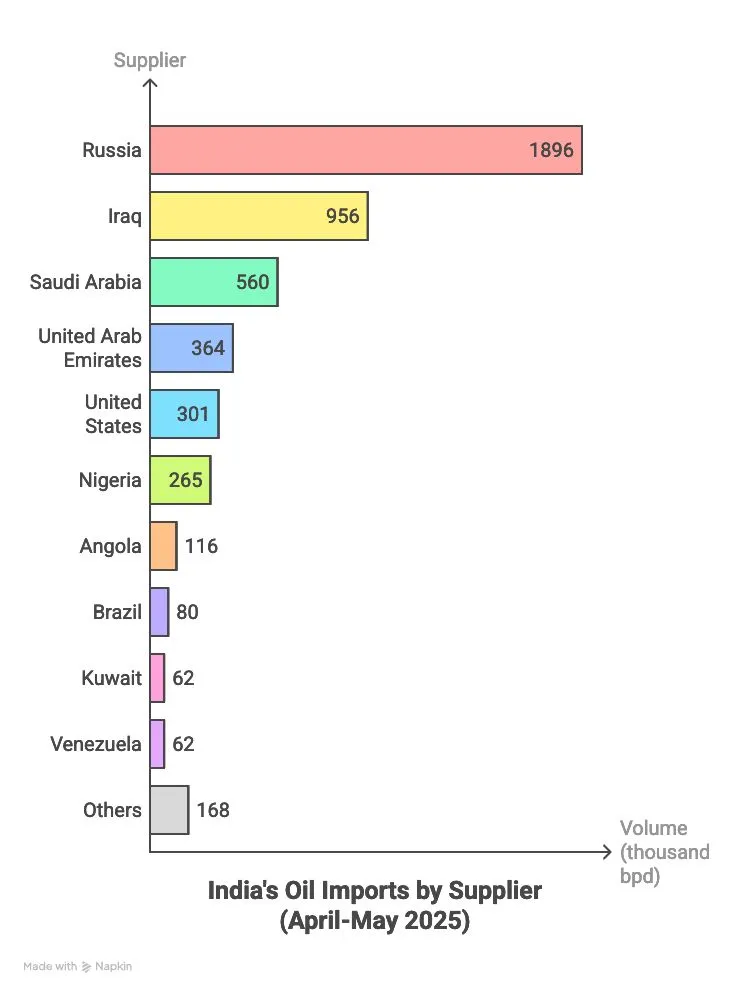Centre approves South Asia unit of International Potato Centre at Agra
Context: The Union Cabinet has approved the establishment of the South Asia Regional Centre of the International Potato Center (CIP) in Singna, Agra district, Uttar Pradesh.
About CIP
- Founded in 1971 and headquartered in Lima, Peru.
- CIP is a leading research-for-development organisation dedicated to improving the productivity and nutritional quality of potato, sweetpotato, and Andean roots and tubers.
- Its mission is aligned with improving global food systems through innovation and partnerships.
- Notably, China established its CIP regional centre — the China Center for Asia Pacific (CCCAP) — in Yanqing, Beijing in 2017, which serves the entire East Asia and Pacific region. India’s CSARC is expected to play a similar role for the South Asia region, driving agricultural innovation and development across borders.
CSARC Project Overview
- Objective: This initiative aims to significantly bolster food and nutrition security, improve farmers’ income, and generate employment opportunities by advancing potato and sweetpotato productivity, refining post-harvest management, and promoting value addition in the sector.
- Land Allocation: 10 hectares provided by the Uttar Pradesh government
- Primary Beneficiaries: Farmers in potato-belt states such as Uttar Pradesh, Bihar, and West Bengal
- Regional Impact: Will serve farmers across South Asian countries
Current Research Ecosystem
- Currently, tuber crop research in India is primarily conducted at two ICAR centres:
- ICAR-CPRI (Central Potato Research Institute) in Shimla – focuses on potato.
- ICAR-CTCRI (Central Tuber Crops Research Institute) in Thiruvananthapuram focuses on sweetpotato.
- CSARC will become the second major international agricultural research institute to operate in India, following the establishment of the International Rice Research Institute – South Asia Regional Centre (IRRI-SARC) in Varanasi in 2017.
India in Global Potato Economy & Scientific Focus of CSARC
- India’s Role in Global Potato Production: India ranks as the second-largest producer and consumer of potatoes globally.
- In 2020, India produced 51.30 million tonnes, while China led the world with 78.24 million tonnes.
- Together, the two countries accounted for over one-third of global potato production, which stood at 359.07 million tonnes in 2020.
- Among Indian states, Uttar Pradesh and West Bengal were top producers with 15 million tonnes each during 2020-21, followed by Bihar (9 MT). Other significant producers include Gujarat, Madhya Pradesh, and Punjab.
- CSARC will focus on developing high-yielding, nutrient-rich, and climate-resilient varieties of potato and sweetpotato, contributing to sustainable agricultural development not only in India but throughout the South Asia region.
